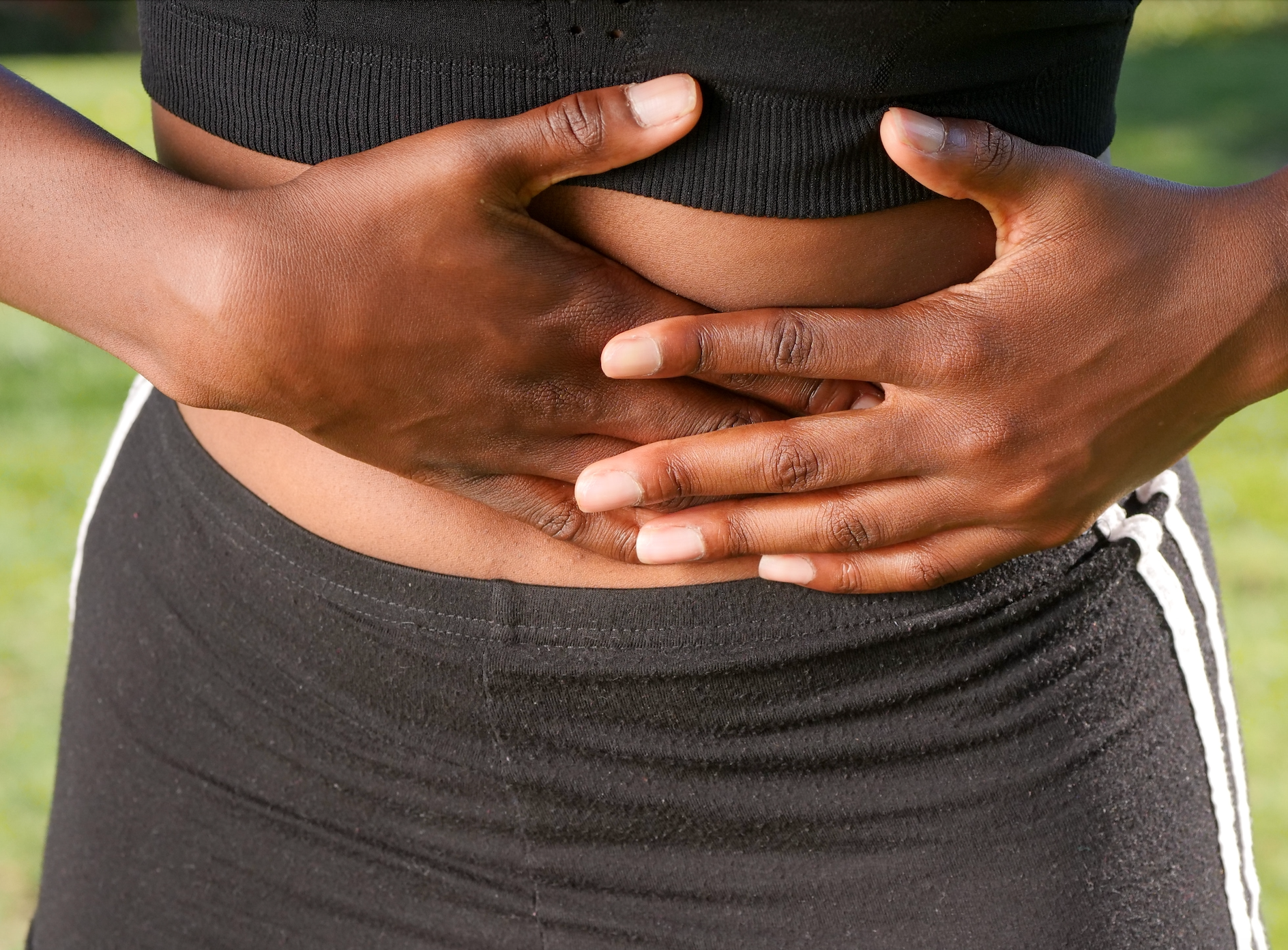Cancer and neoplasms
Calprotectin, Microbiota Levels Can Predict C Diff Recurrence, Study Finds
Credit: Pexels
Calprotectin levels and abundance of microbial genera in primary episodes of Clostridioides difficile infection (CDI) can act as early markers of recurrent CDI, according to findings from a recent study.
Investigators developed an early prediction model for recurrent CDI using clinical and analytical data including age, fecal calprotectin level, toxin B polymerase chain reaction (PCR) cycle threshold, immunosuppression, sex, and creatinine levels.1
“The high associated health and economic burden of recurrent CDI calls for the development of novel strategies by which recurrent CDI can be prevented in susceptible patients,” wrote investigators.1 “Profiling differences between gut microbiota and calprotectin levels in patients with CDI could help to predict which patients are more likely to experience recurrent CDI.”
Clostridioides difficile is estimated to cause almost 500,000 infections in the US each year, with about 1 in 6 patients getting CDI again the subsequent 2-8 weeks following primary infection.2
To determine the viability of microbiome and calprotectin levels as predictive biomarkers of recurrent CDI, Silvia Vázquez-Cuesta, of the Gregorio Marañón Health Research Institute, and a team of investigators collected clinical data and fecal samples from patients at Hospital General Universitario Gregorio Marañón in Spain > 2 years of age with a positive test result for toxigenic CDI and who met the clinical criteria for CDI. For the purpose of analysis, an episode of CDI was defined as the presence of a positive toxigenic CDI test result with ≥3 unformed stools in 24 hours or findings of pseudomembranous colitis by colonoscopy.1
During the study period, 1308 positive toxigenic CDI samples from 906 patients were available. Investigators obtained informed consent and a valid sample from 227 patients, 24 of whom died before the end of the 2-month recurrence follow-up period and 3 of whom were lost to follow-up. In total, investigators collected 200 primary samples from 200 patients.1
Patients were classified into 2 groups based on recurrence of CDI after a primary episode. Investigators considered CDI recurrent if a positive sample was obtained within 60 days of a previous episode and new symptoms were present after symptoms from the previous episode resolved.1
Among the cohort, 146 patients had only a primary episode of CDI and 54 participants developed recurrent CDI. The median age was 67 years for patients with non-recurrent CDI and 78.50 years for those with recurrent CDI. In both groups, there were more females than males (non-recurrent 54.8%; recurrent 74.1%; P = .013). Investigators pointed out there were no significant differences regarding risk factors for CDI in either group.1
Most cases of CDI were mild (non-recurrent 65.8%; recurrent 64.8%; P = .901) and hospital-onset (non-recurrent 57.5%; recurrent 38.9%; P = .020). Reduced levels of toxin B PCR cycle were observed in patients with recurrent disease (23.25) relative to those with non-recurrent disease (26.10; P = .003). Patients with recurrent CDI had increased levels of creatinine and fecal calprotectin than those with non-recurrent disease (all P < .05).1
Most patients received treatment for CDI, with the majority receiving vancomycin (non-recurrent, 85.6%, recurrent, 88.7%) or metronidazole (non-recurrent, 34.2%, recurrent, 26.4%). Investigators noted there were no significant differences in the treatment received by each group.1
Investigators assessed 179 samples for calprotectin levels, 128 from non-recurrent patients and 51 from recurrent patients, with a median value of 98.92 µg/mg (interquartile range [IQR], 8.33-191.05) and noted significant differences between non-recurrent (92.91 µg/mg) and recurrent (150.36 µg/mg) patients (P = .01). Patients with fecal calprotectin >185 µg/mg had a lower median toxin B PCR cycle threshold than patients with fecal calprotectin levels <185 µg/mg (24.00 vs 25.60; P = .034), along with higher levels of leucocytes and more days of diarrhea.1
Investigators identified age, fecal calprotectin level >185µg/mg, toxin B PCR cycle threshold <23, immunosuppression, female sex, and creatinine levels higher than 1 mg/dL as independent risk factors for developing recurrent CDI using a multivariable model and built a risk index based on the model. The receiver operating characteristic curve analysis showed the risk index had an area under the curve of 0.783, a power of 0.999, a significance level of 0.05, and an overall accuracy of 79.0%.1
“The use of these early markers of recurrent CDI can guide management and treatment of the initial CDI episode, thus optimizing the use of resources, especially for patients who are at increased risk of recurrent CDI,” concluded investigators.1
References:
- Vázquez-Cuesta S, Lozano García N, Fernández AI, Olmedo M, Kestler M, Alcalá L, Marín M, Bermejo J, Díaz FF-A, Muñoz P, Bouza E and Reigadas E (2023) Microbiome profile and calprotectin levels as markers of risk of recurrent Clostridioides difficile infection. Front. Cell. Infect. Microbiol. 13:1237500. doi:10.3389/fcimb.2023.1237500
- Centers for Disease Control and Prevention. What is C. Diff? C. Diff (Clostridioides difficile). September 7, 2022. Accessed October 10, 2023. https://www.cdc.gov/cdiff/what-is.html

